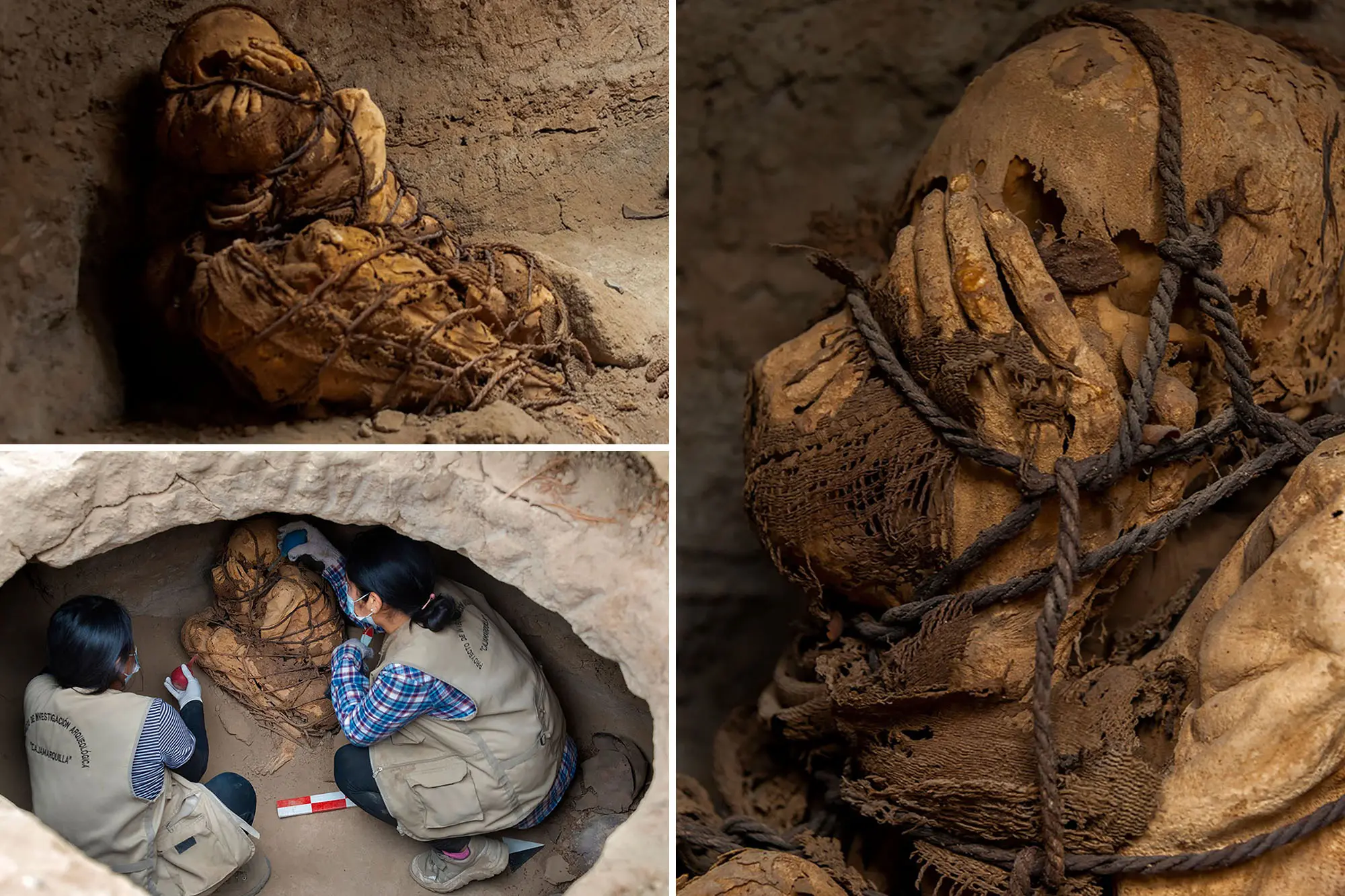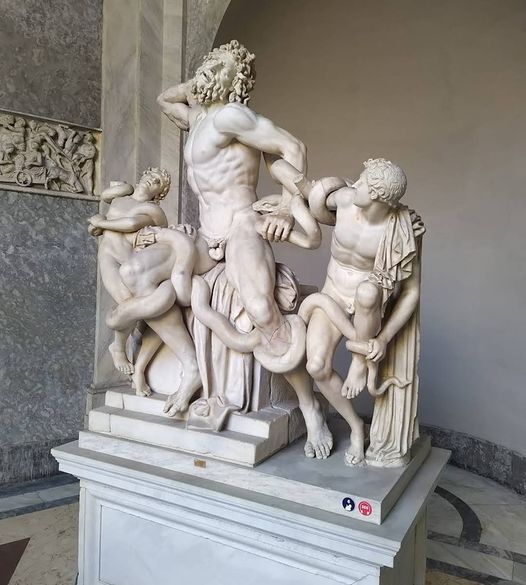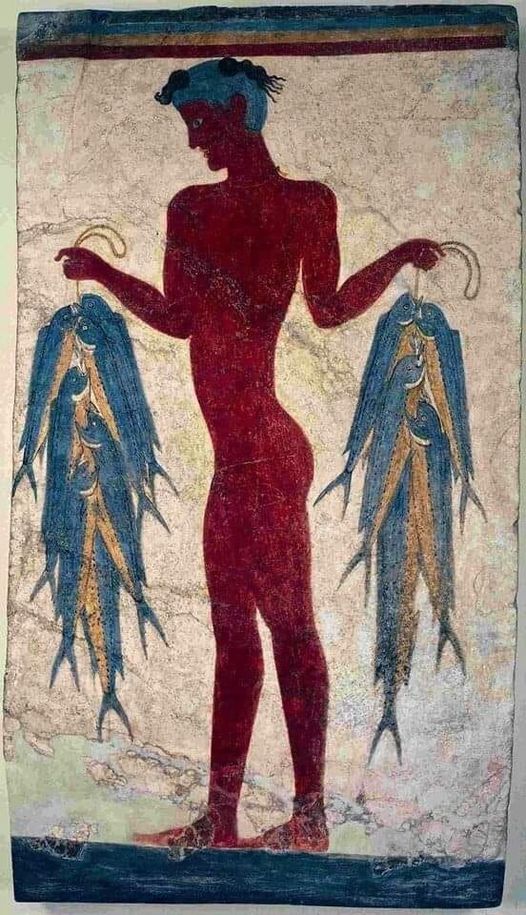The horseshoe crab, also known as the sea spider, is a living fossil that has remained virtually unchanged for over 450 million years. This creature, found in and around shallow sea areas, contains a potent neurotoxin called tetrodotoxin, making it one of the most poisonous species in the world. This post explores the dangers of the horseshoe crab and its unique features.
The horseshoe crab, also known as the sea spider or Sam biển, is a marine arthropod that primarily inhabits shallow waters and sandy or muddy bottoms. Considered the closest living relative to the legendary trilobite, the horseshoe crab is one of the most famous living fossils, having remained virtually unchanged for over 450 million years.
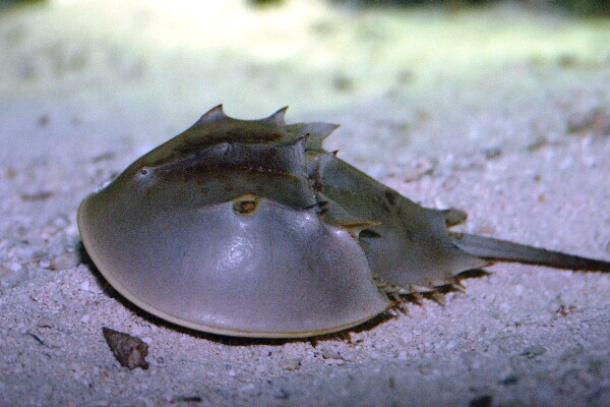
However, the horseshoe crab's antiquity is not the only reason it is famous. This creature contains a potent neurotoxin called tetrodotoxin, making it one of the most poisonous species in the world. The toxin is primarily concentrated in the crab's egg chamber, and during the breeding season, the toxin production increases. If ingested, the toxin is quickly absorbed into the body, and within 30 minutes to 2 hours, the victim experiences numbness of the lips and tongue, abdominal pain, profuse sweating, pupil dilation, increased mucus secretion, nausea, vomiting, hypotension, convulsions, respiratory paralysis, unconsciousness, and possible death if not treated promptly.

Unfortunately, there is currently no specific antidote for tetrodotoxin poisoning. Notably, tetrodotoxin is not destroyed by high temperatures, so even when cooked thoroughly, horseshoe crab meat remains poisonous. However, other seafood such as pufferfish and blue-ringed octopus are also highly toxic but are considered delicacies due to their excellent taste and high nutritional value.
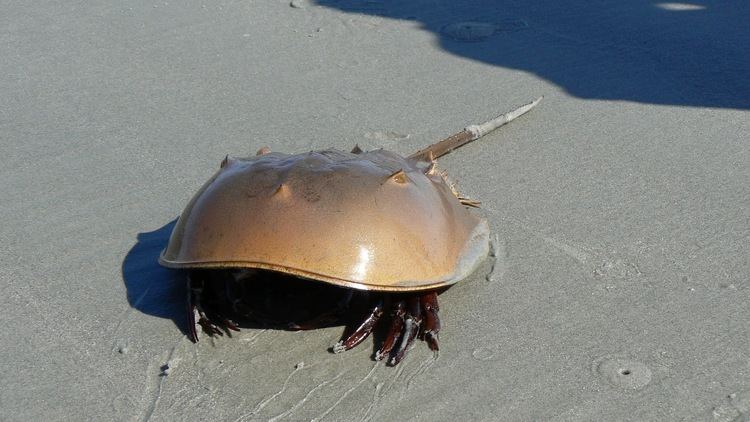
The horseshoe crab's tail has a triangular cross-section, with three elongated sides that taper to the end of the tail. At the top of the triangle, there are sharp spikes that resemble a saw blade. In contrast, the head end of the horseshoe crab has a circular or oval cross-section and lacks spikes. Horseshoe crabs usually move in pairs, with males hitching rides on the backs of females.
Scientists' understanding of prehistoric soft tissue comes mainly from amber or petrified wood. However, these samples usually only preserve small species such as insects and date back to 230 million years ago (Triassic period). Therefore, the discovery of horseshoe crab brains from the Carboniferous period (358.9 – 298.9 million years ago) is incredibly rare and significant.

The horseshoe crab is a living fossil that has remained virtually unchanged for over 450 million years. While it is an intriguing and unique species, it is also one of the most dangerous creatures in the world, containing a potent neurotoxin called tetrodotoxin. Despite its toxicity, it remains an essential species for medical research and ecological balance.






